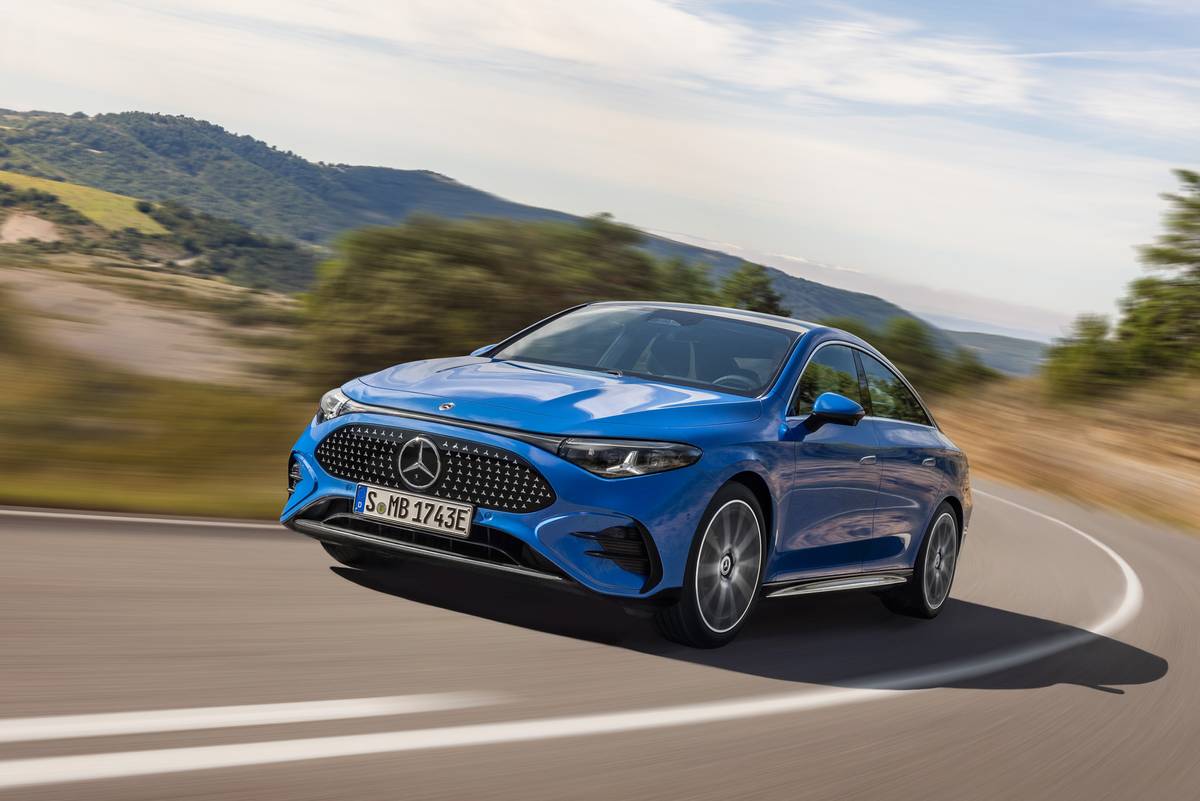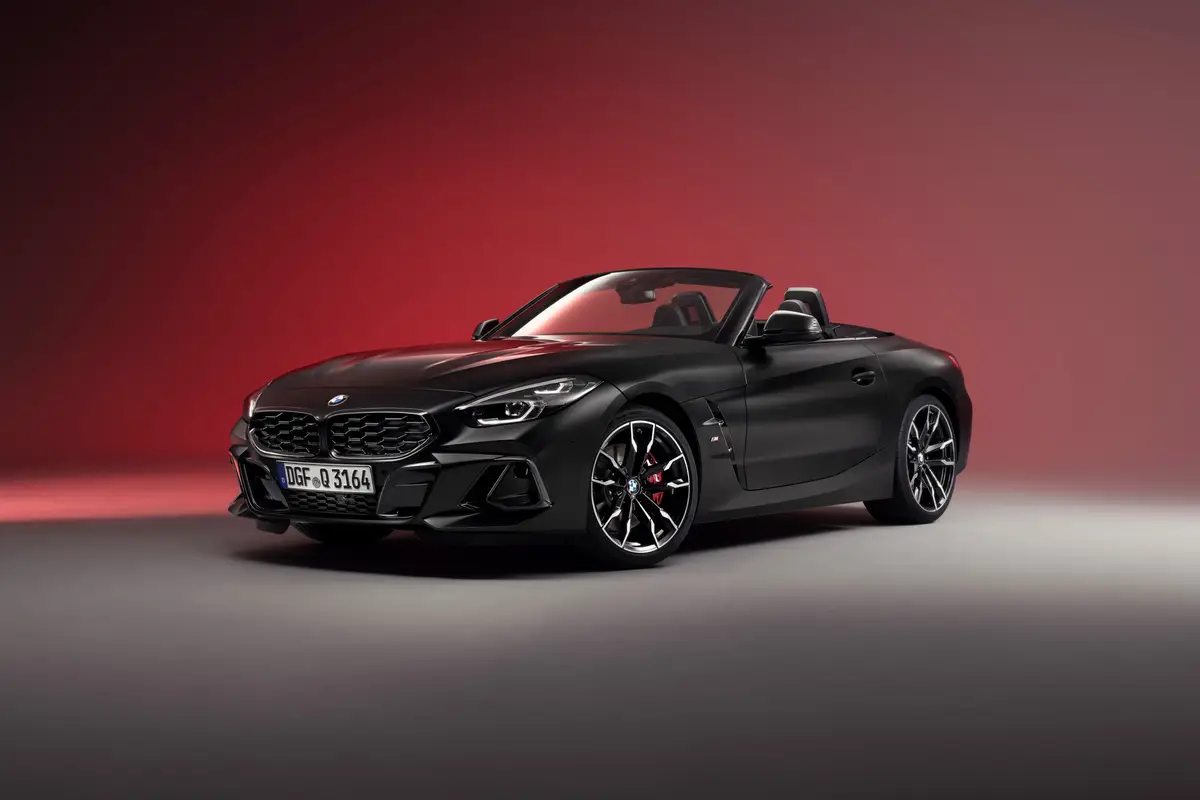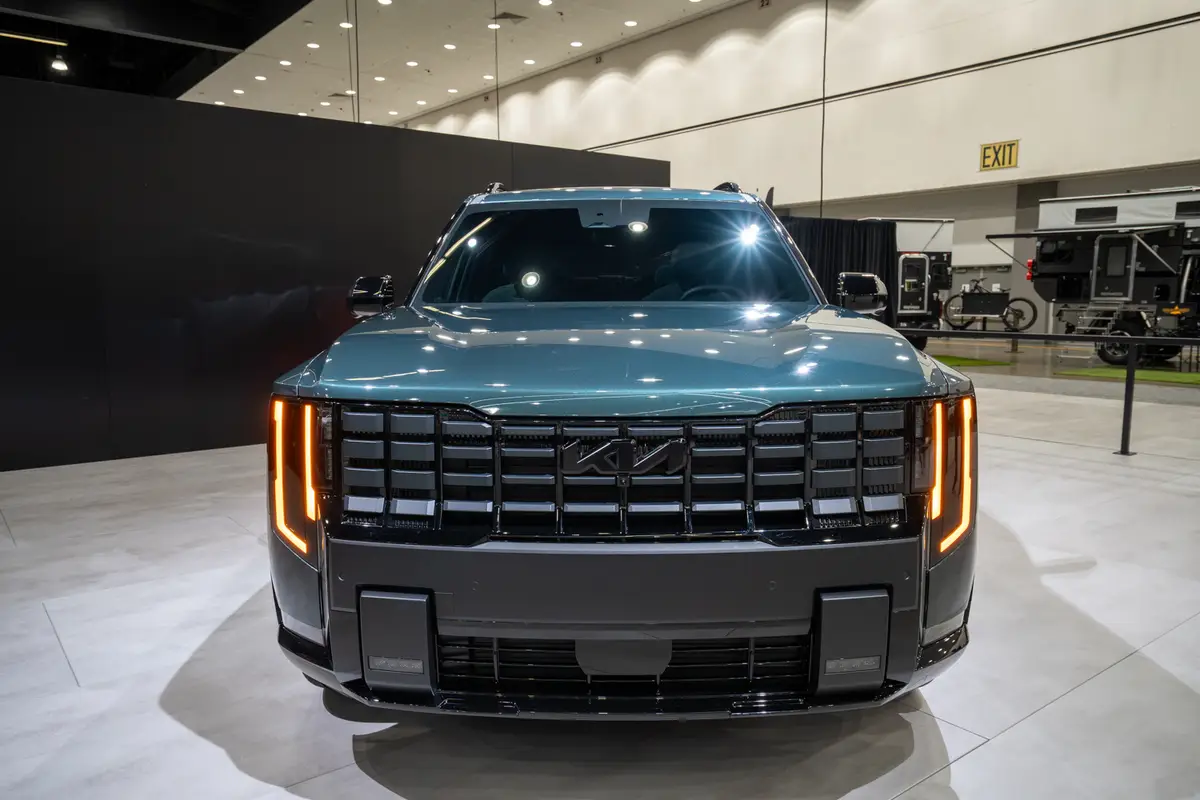washingtonpost.com's view
Not Your Father’s Rotary Club
Summer arrived late and was planning to leave early. Seizing the time was impossible. I had to outrun it.
I took a spin in the 2004 Mazda RX-8 sports sedan and succeeded — briefly. It was a transcendental moment — man blending into machine, machine melding in time, time exceeding substance.
It was an indefinable but knowable thing that occurs at peak joy. For that pleasure, I thanked the engineers at Mazda Motor Co. who continued perfecting Felix Wankel’s rotary engine after other car companies abandoned it.
Their passionate persistence brought forth the Cosmo Sport 110S rotary coupe in 1967 and the RX-4 sedans, coupes and wagons introduced in the United States in 1974.
But those early models fell victim to global oil shortages and U.S. concerns about tailpipe pollution.
The rotary engine, like the traditional piston engine, is an internal-combustion device. Both use pressure created by the burning of air and fuel to spin a shaft that drives the wheels. But they do their jobs differently.
Rotary engines typically use two spinning rotors — think of spirographic movement — to bring in air and fuel, compress and burn the mixture, and expel the remaining gas.
Rotary engines have far fewer moving parts — primarily the two rotors and an output shaft — than do conventional four-stroke piston engines, which have at least 40. Fewer moving parts yield greater engine reliability.
Unlike piston engines, which must convert up-and-down motion into rotational motion, rotaries move in one direction. That means less engine noise, vibration and harshness.
But early rotaries were not as thorough as piston models in burning fuel. Thus, rotary engines used more of the stuff and also expelled more partially combusted waste. Those were unacceptable defects in a world increasingly concerned about fuel conservation and air pollution. So, by the late 1970s, all major auto companies except Mazda dropped rotary technology.
Mazda’s determination to make the rotary work gave us the famed Mazda RX-7 sports coupe in 1978 — nearly 812,000 copies of which were sold globally through August 2002.
Now, Mazda is offering what may be the best rotary-engine passenger car ever produced — the 2004 RX-8 sports sedan.
That’s “sedan” as in four doors, which the RX-8 has. But it looks like a two-door coupe when all four doors are closed, thanks to the absence of the center pillars found in most four-door cars.
Mazda’s “freestyle doors,” called “suicide doors” in another era, open from the center. But there is nothing suicidal about them. The front doors must be opened before the rear doors can be unlatched. Protection in side-impact crashes comes through concealed steel tubes in the rear doors. The tubes connect to braces and strong door latches to form virtual center pillars.
Inside, there actually is room for four adults. The RX-8’s rear seats are seats, not the functional equivalent of overpriced cargo shelves.
But the wonder of the rear-wheel-drive RX-8 is in its feel and movement. It is lightweight at 2,933 pounds, and that weight is balanced nearly evenly — 50 percent front, 50 percent rear.
The test car was equipped with a six-speed manual transmission and Mazda’s new 250-horsepower Renesis (Rotary Engine, Genesis) engine. It was smooth, quiet and powerful — perfect for such a graceful, tight-bodied, nimble automobile.
I lost track of time while driving the RX-8. I zoomed through my lunch hour and several afternoon appointments. Mea culpa, mea culpa. I sinned against time in my attempt to outrun it. But it was worth the effort.
Nuts & Bolts
Complaints: The navigation system’s controls, installed on the RX-8’s floor-mounted console near the gearshift lever, are in the wrong pl ce. The palm of my right hand touched the controls and changed the navigation screen almost every time I changed gears.
Praise: The RX-8 is an absolute joy to drive.
Head-turning quotient: Truly high. Snapped necks everywhere.
Ride, acceleration and handling: Triple aces on good and bad roads. It’s surprisingly good on rough roads, in fact. Credit the suspension system (double wishbones, concentric coil springs, telescopic shock absorbers and tubular anti-roll bar up front; multi-links with coil springs, shock absorbers and anti-roll bar in the rear).
Engines/transmissions: Two engines are available for the United States. The tested high-power 1.3-liter rotary develops 250 horsepower at 8,500 revolutions per minute and 159 foot-pounds of torque at 5,500 rpm. The standard rotary has 210 horses. The high-power engine is linked to a six-speed manual gearbox. The standard gets a five-speed automatic.
Capacities: The RX-8 sits four people. Rear seats are real. But they aren’t inviting for anything more than transportation to and from dinner. Maximum cargo capacity is eight cubic feet. Fuel capacity is 15.9 gallons. Premium unleaded gasoline is required.
Mileage: With the high-power rotary, the Environmental Protection Agency estimates 20.4 miles per gallon in the city and 30.2 on the highway.
Price: Base price on the tested high-power version is $26,680. Dealer invoice price is $24,659. Price as tested is $28,700, including a $520 destination charge and $1,500 in options.
Purse-strings note: The RX-8 brings the joy of a toy with a touch of practicality and an affordable price. Compare with Ford Focus SVT, Honda Civic Si, Mini Cooper S, Mitsubishi Eclipse, Toyota Celica GT-S.
Latest news



